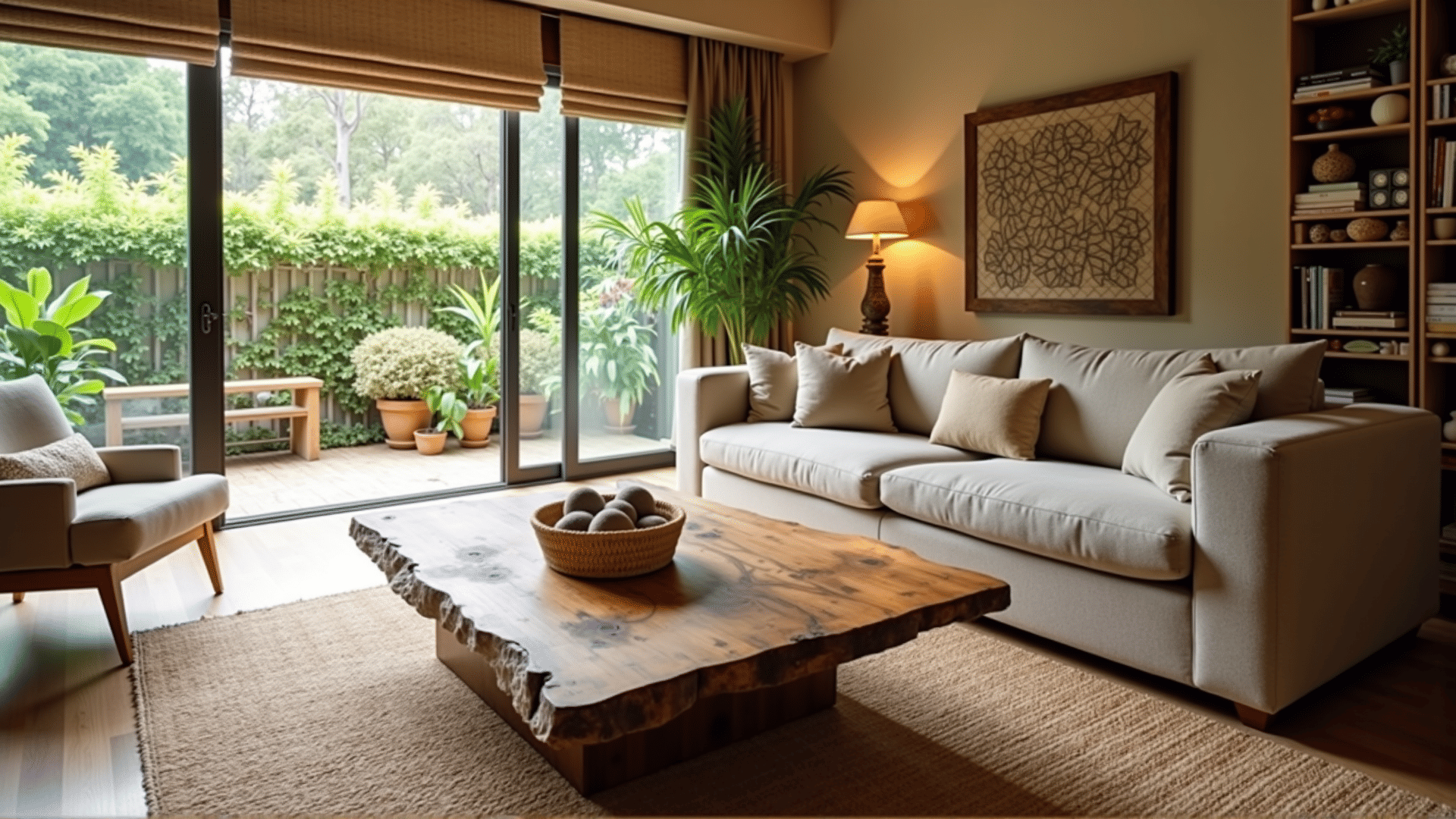In recent years, sustainability has emerged as a pivotal consideration in interior design, leading to the development of eco-friendly solutions that marry aesthetics with environmental responsibility. By incorporating sustainable materials and practices, you can transform your living spaces into stylish refuges that promote well-being while minimizing your ecological footprint.
One of the most effective ways to introduce eco-friendliness into interior design is through the use of sustainable materials. Bamboo, for instance, has grown in popularity as a versatile and renewable resource. Its rapid growth rate makes it a perfect substitute for traditional hardwoods used in flooring and furniture. Similarly, reclaimed wood offers a rustic charm while contributing to the conservation of trees, as it utilizes timber from old structures or furniture.
Another promising option is the use of natural fibers in textiles. Organic cotton, linen, and hemp are preferable to conventional materials as they require fewer chemicals and water during production. Moreover, these fabrics are both durable and biodegradable, aligning seamlessly with sustainable living principles.
To further enhance energy efficiency, consider upgrading to LED lighting. These energy-efficient bulbs consume significantly less electricity than traditional incandescent lights, reducing both energy bills and carbon emissions. Additionally, optimizing natural lighting through strategic window placement and the use of reflective surfaces such as mirrors can minimize the need for artificial lighting during the day.
Eco-friendly interior design doesn't end with materials; paint choices also play a crucial role. Volatile organic compounds (VOCs) found in conventional paints can harm both the environment and indoor air quality. Exploring low-VOC or zero-VOC paints will create a healthier home environment without compromising on color and finish quality.
Furniture and décor can be another area where eco-friendly design shines. Opting for vintage or second-hand pieces reduces demand for new production, thus saving resources and energy. If new furniture is needed, seek out pieces made from FSC-certified wood or those crafted by local artisans using sustainable practices.
Don't forget the importance of green living with indoor plants. Aside from their obvious aesthetic appeal, plants purify indoor air, reduce stress, and foster a connection with nature. Varieties such as peace lilies, snake plants, and spider plants are excellent choices for improving air quality while adding natural beauty.
Water conservation is another vital aspect of sustainable interiors. Incorporating water-saving fixtures—such as low-flow faucets and dual-flush toilets—can significantly diminish water consumption. Additionally, harvesting rainwater for gardening or using drought-resistant plants for landscaping can contribute to water resource management.
Incorporating eco-friendly design solutions is not just about trends but a commitment to preserving the planet for future generations. By choosing sustainable materials, enhancing energy efficiency, and promoting resource conservation, you can create interior spaces that are not only beautiful and functional, but also kind to the environment. Embracing these practices is a step towards a more sustainable lifestyle, making your home a reflection of both personal style and ecological mindfulness.
